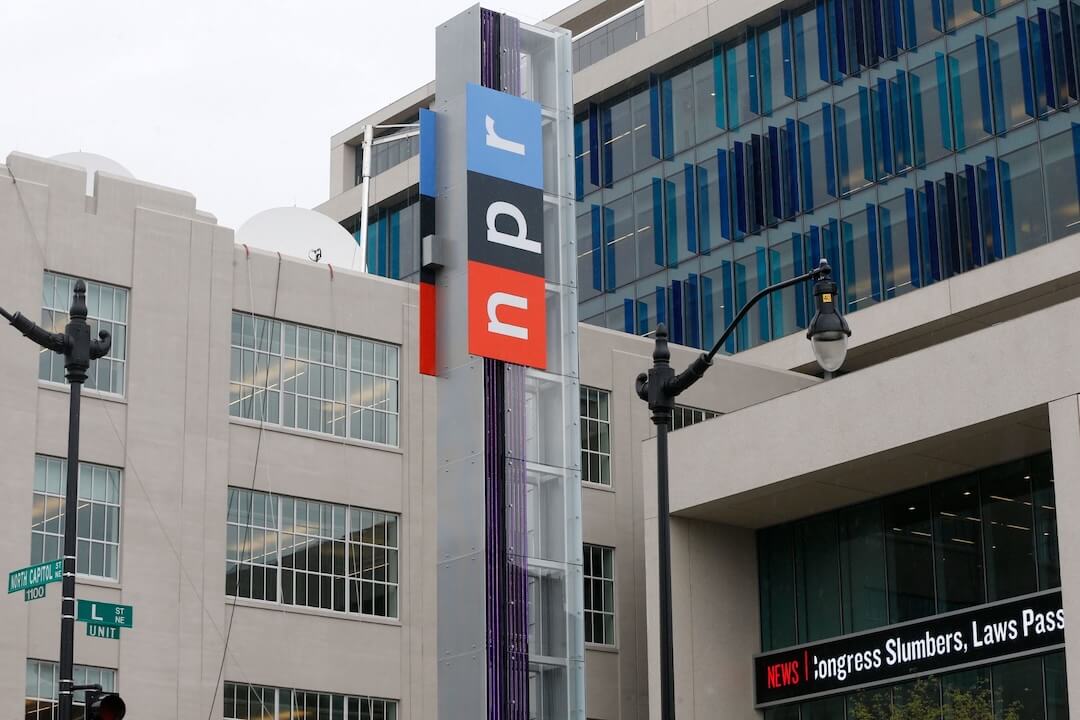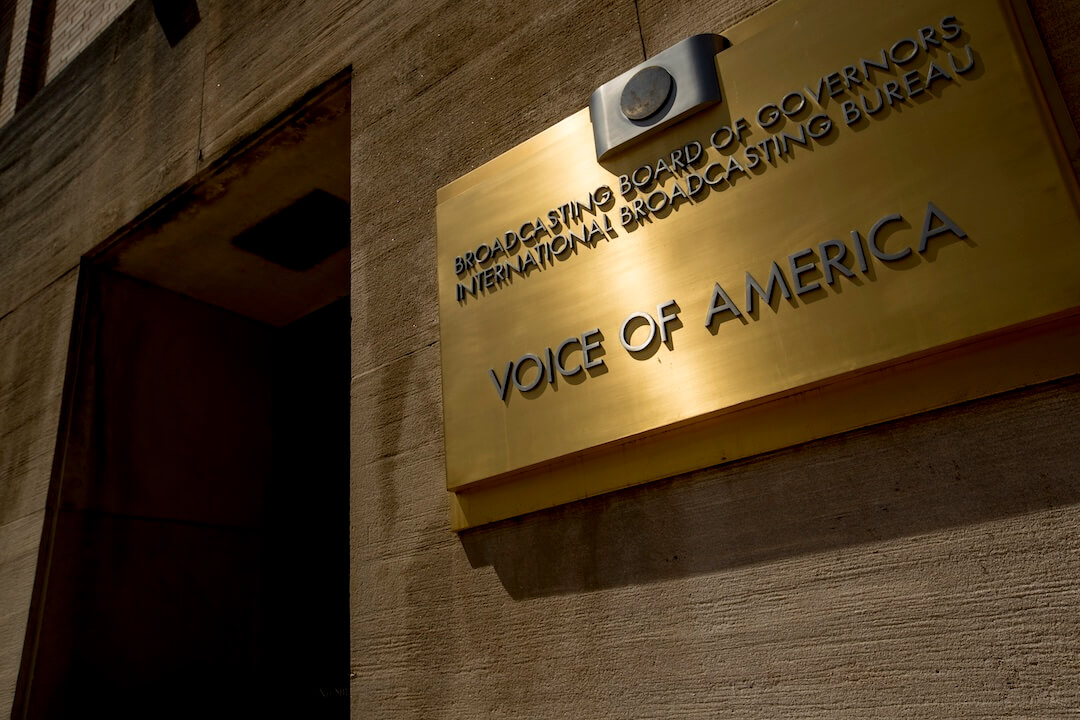Philadelphia is a great news town. There’s The Philadelphia Inquirer, Philadelphia Magazine, Philly.com and several other news organizations besides.
So how does BillyPenn, a mobile-first newsroom that caters to a millennial audience, stand out? The short answer, from editor Chris Krewson: “We experiment a lot at BillyPenn.”
Krewson joined us for a Q-and-A on Poynter’s members-only Slack channel to share his expertise on creating a mobile strategy and producing digital media content. Below is a transcript of that conversation, edited for length and clarity.
What are the most important tips to keep in mind when creating content for mobile audiences?
I think lots of people have watched places like Vox and BuzzFeed create content for mobile and haven’t really taken advantage of some of the lessons learned. We experiment a lot at BillyPenn with things like explainers. For instance, which beat reporters at many newspapers can be really good at, and audiences really like, local news sites can and should use these to catch audiences up on issues, so I think that’s probably very low-hanging fruit.
A separate thing that we worry about a lot in our newsroom is how stories are packaged, how headlines and display copy are written, because it’s just so crucial to introducing that in a social context — which is really a mobile context, since Facebook is such a monster potential audience-driver.
And I think maybe the last thought on that is figuring out how to extend the shelf life of a story. Figure out how to extend the potential audience by finding a way to address the topic that is a little longer than “this happened today” even if it’s as simple as “inside the decision to do X” or “behind the fight to do Y” or something that speaks for longer, “Council votes 11-3” or whatever.
Can you discuss infographics that work and the ones that don’t?
We usually use tools like infogram to make graphics for our stories. one of the big “early hits” of Billy Penn was a story about crime on the college campuses in Philadelphia.
It was a collection of what was in the FBI report — nothing actually new or breaking. But it was information that compared the campuses, in a way that hadn’t been done before.
Do you think (streaming live video) is useful for newsrooms? I wonder, because the video “disappears” after a period of time.
In my experience, Facebook Live is kind of the gold standard for a lot of reasons, mostly how kindly the algorithm treats it. We did a FB live of a protest march in Philly during the GOP retreat last month that performed really well, 99,000 views. So we did another when Comcast workers walked off the job, and it stunned us.
How do you suggest content be created for the digital audience so it is easier to consume?
Lots of people in our town will be writing about things, we try to make our coverage of them stand out.
One example, recently would be a story about a U.S. senator who just won re-election and had been dodging town halls with constituents, at the last minute — literally with less than one hour’s notice — he held a conference call, so we had fun with that in the headline, and also structured it in a “five takeaways” kind of way.
This acknowledged the fact that there was a large activist community begging for a town hall, poked fun at the fact that it was via phone and broke the story up into easily digestible pieces.
How do you decide the voice and tone for your content? Would your audience think the headline was too click-baity? How do you ensure a consistent voice and tone?
Since we’re a site aimed at younger people, we most definitely write edgy, voice-y headlines. Actually, our voice has changed, too. In the beginning we were much more trying-to-be-hip, and it felt like we were trying too hard to be, as the kids say, “on fleek” so we sort of backed off.
I would say we are conversational, and definitely user-focused, one internal tagline we’ve used is “news for people who love Philly” so that’s the filter through which we present our content.
In terms of voice, I write most of our headlines. We always workshop those through the reporters, because I’ll often take them a little too far, and the reporters rein me in. Which is as it should be — I’d rather go too far than not far enough as long as that experimentation takes place internally.
I have a question that’s a bit far afield from mobile, It’s more about editorial priorities. Philly is obviously a great town for journalism. You’ve got Philly Mag, The Inquirer, Philly.com, Philly Voice and many more places besides. So how does Billy Penn decide what to cover with all the competition?
Great question. The answer has changed over the last two-plus years. In the beginning I was adamant that if someone else was going to cover something, we wouldn’t. I think we adhered to that maybe for six months or so, and then an Amtrak train went off the rails and we wound up with a huge national story.
Non-intuitive thing No. 1: We do not have a news meeting every day, we talk on Slack about what we think is worth writing up in a Billy Penn way. Are people talking about it? Are lots of pieces of this in lots of different places? Can we do a good job of stitching it together for people? Some days we write three original posts, some days we write 10, it depends on what the city gives us.
Luckily for us, as you said, Philly is a great news town. That approach would be tougher in a smaller municipality with less incredibly odd news but for us, we’ve grown pretty good at spotting something that people we see as our ideal readers care about younger people who are civically engaged, like the city, use its services (transit, bike share, etc).
We ignore news that is suburban, or feels too flash-in-the-pan. If it feels like it’s going to last a few days or generates controversy, we figure out how to say something that acknowledges the conversation happening around the news, and hopefully moves it forward.
Would you like to join our next live Q-and-A session on Slack? Become a Poynter Prepared Member and gain instant access to our Slack Channel.







